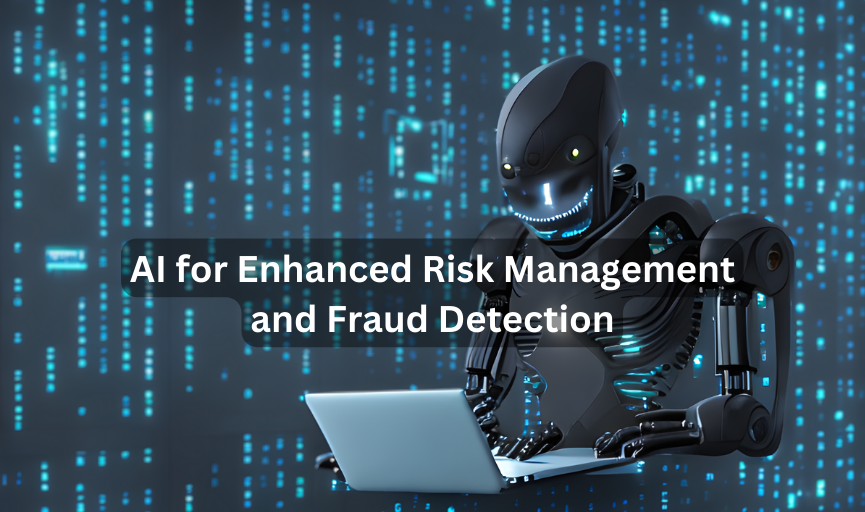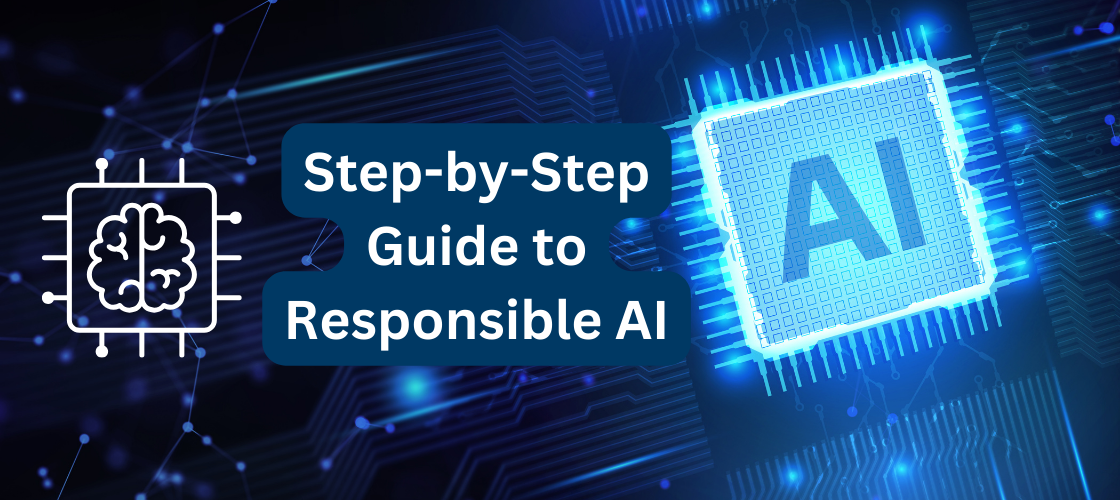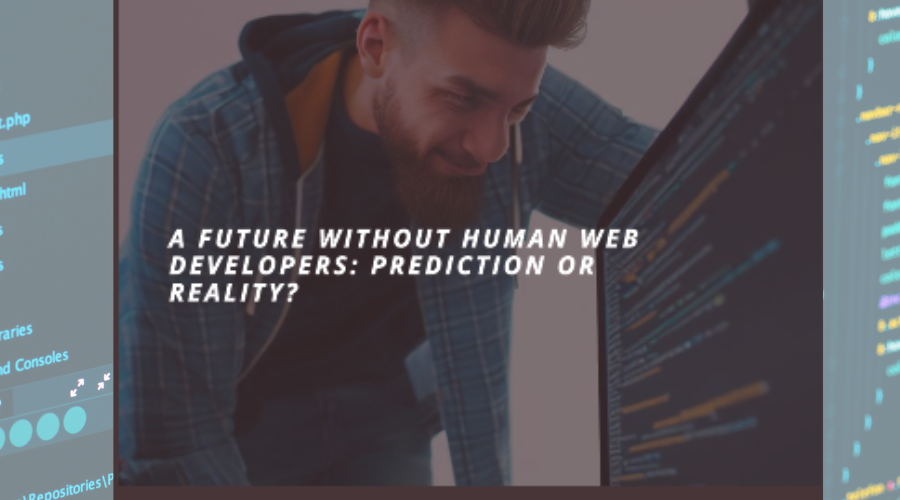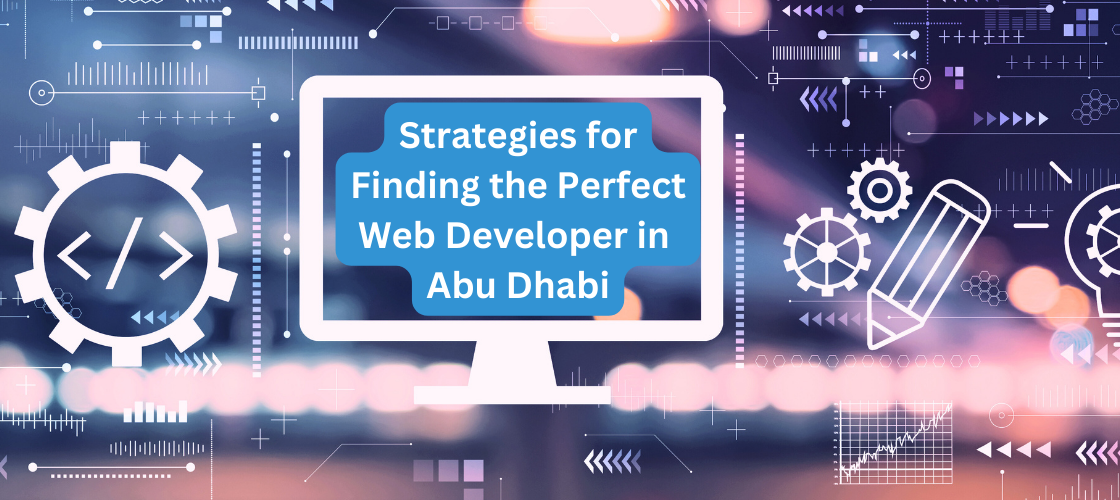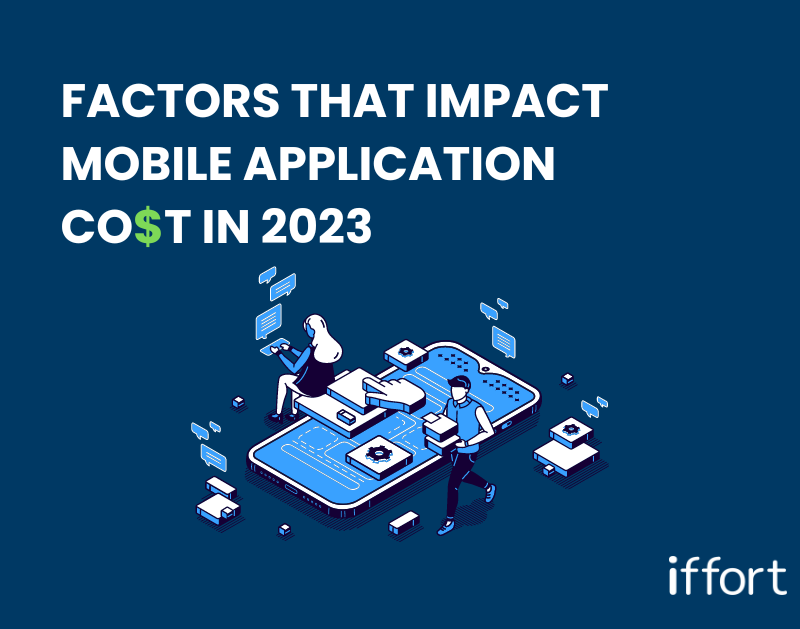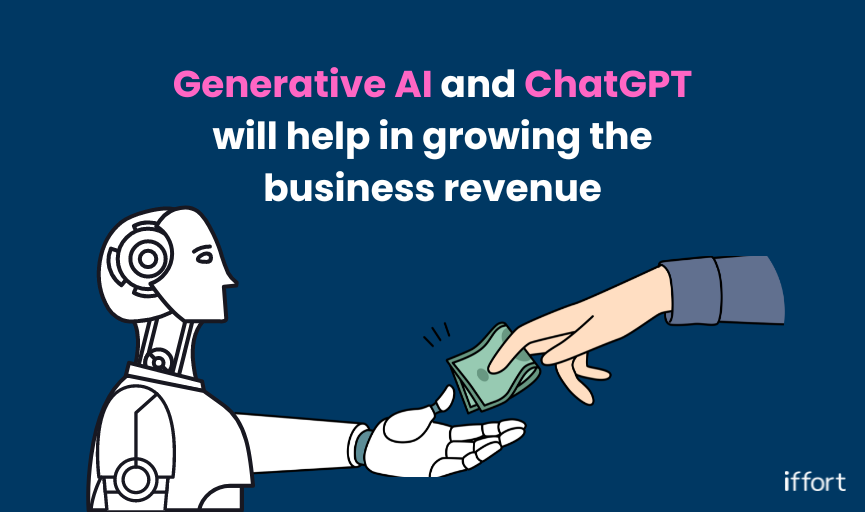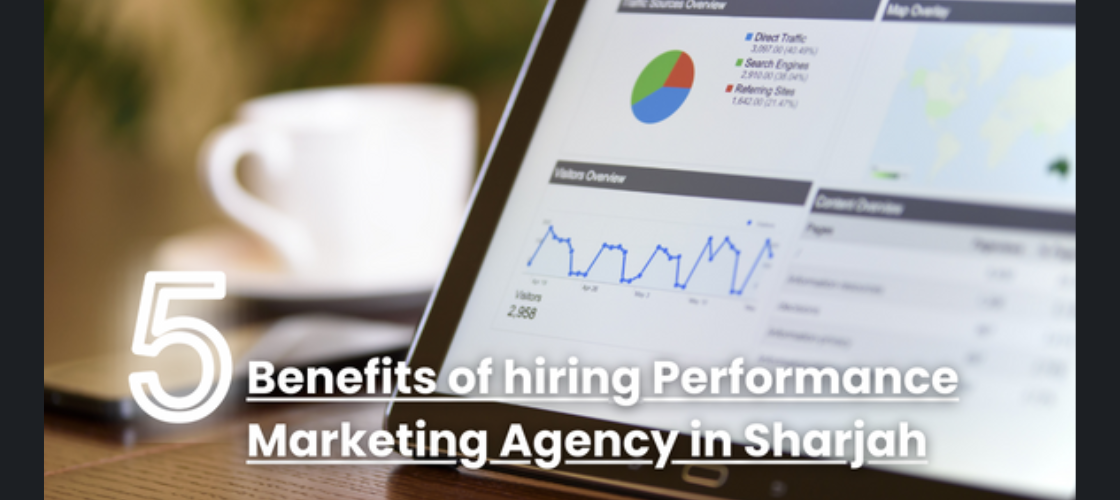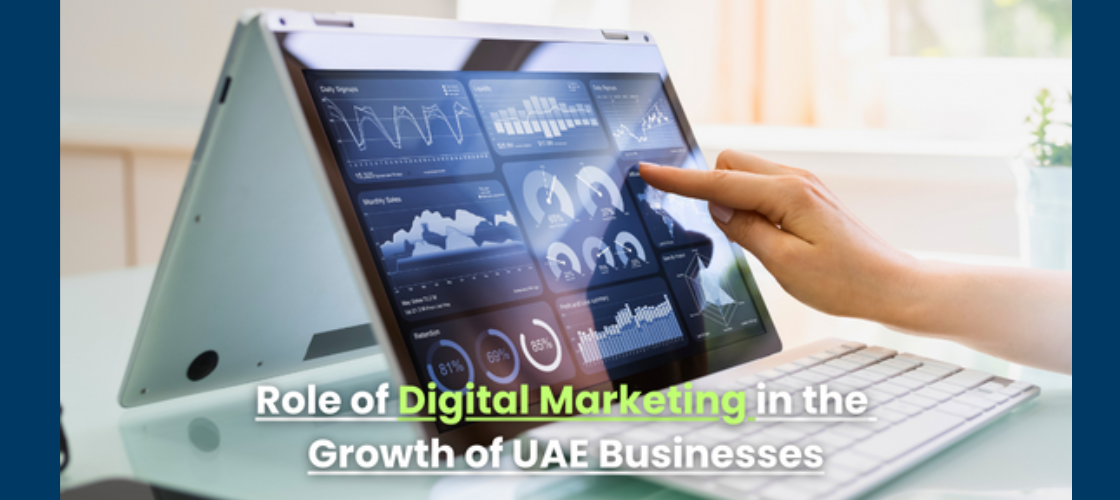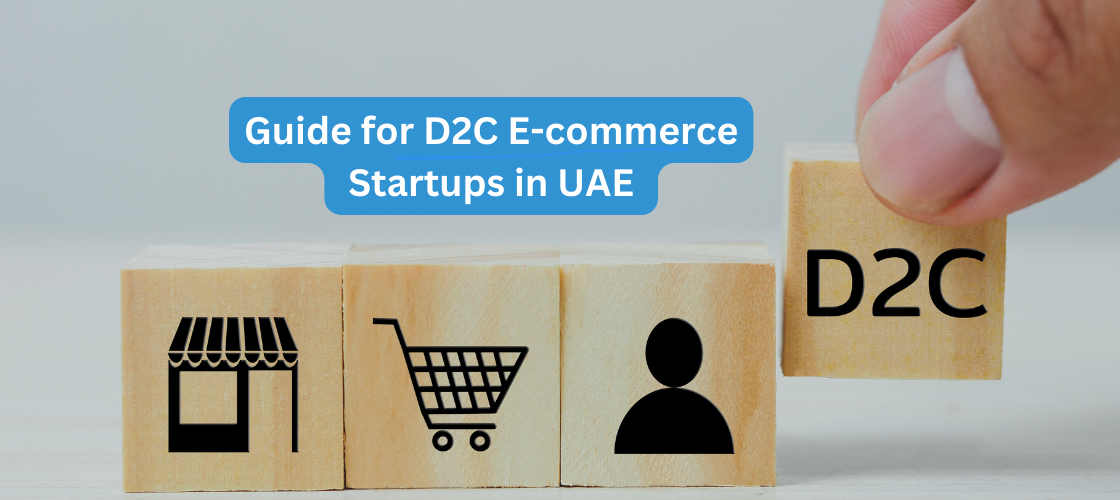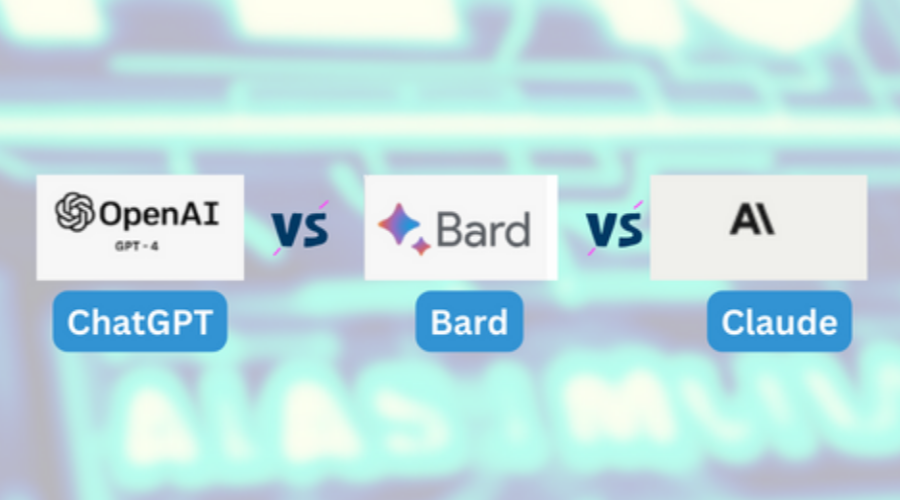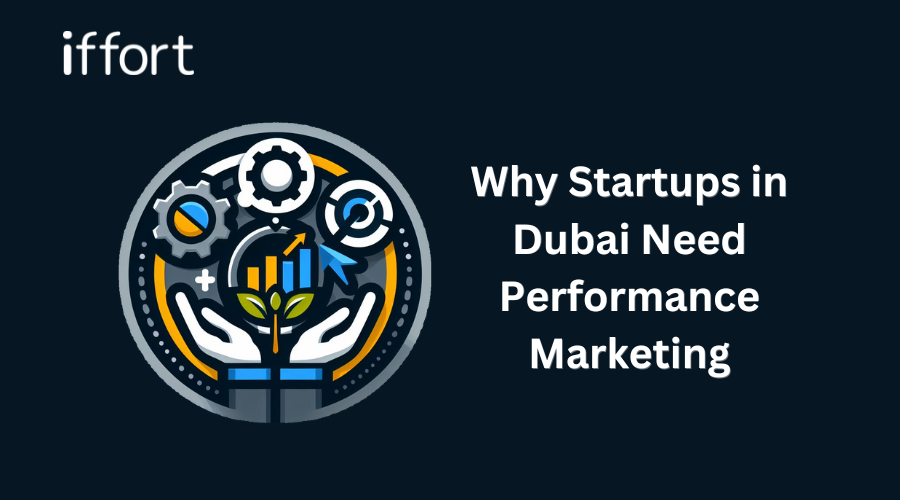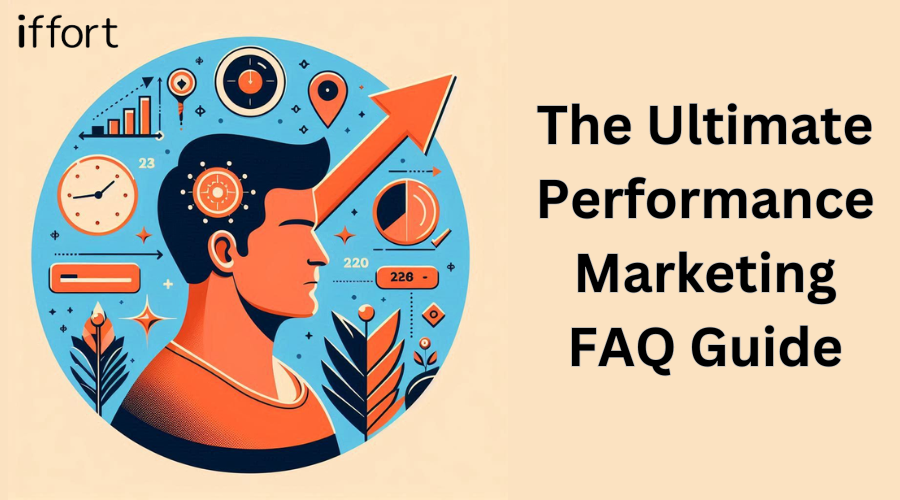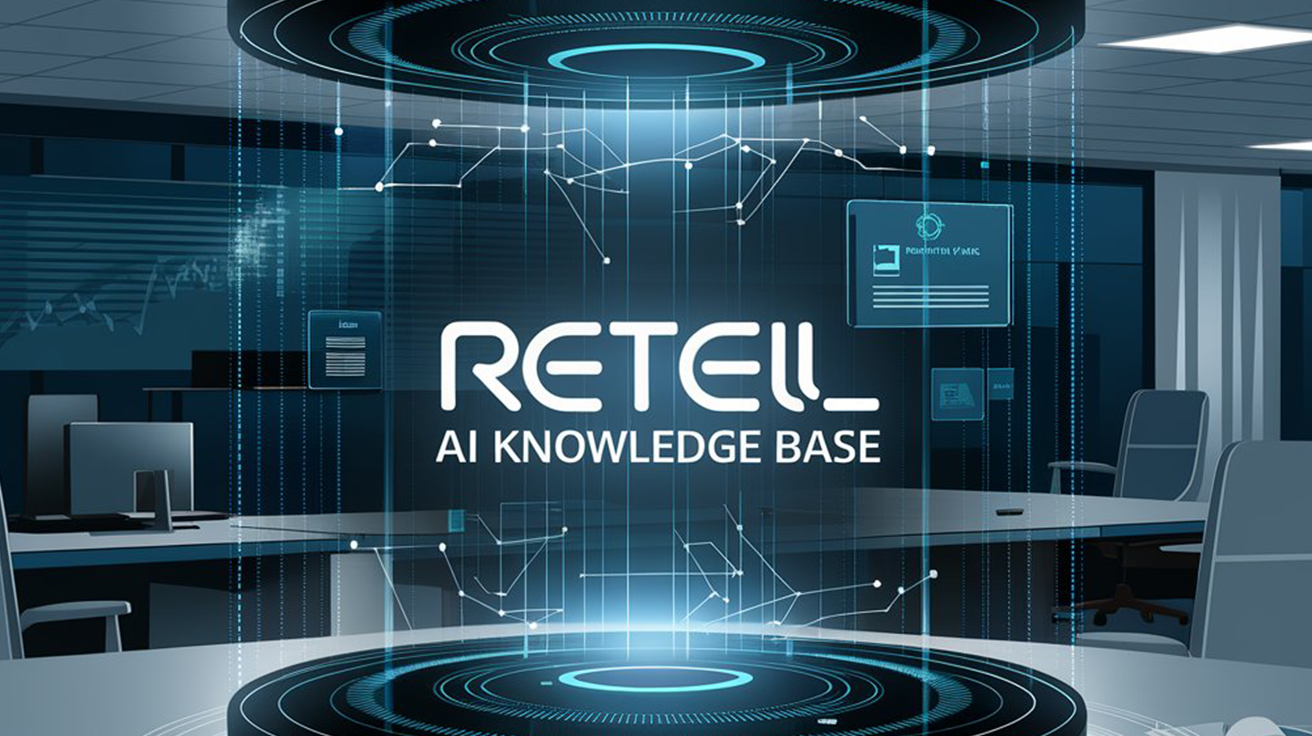- Blog
- The Next Evolution in Finance: Leveraging Generative AI for Enhanced Risk Management and Fraud Detection
- AI Articles , Articles ,
- April 7, 2023
The financial landscape is continually evolving, and as a result, the challenges associated with risk management and fraud detection are becoming increasingly complex. Risk Management and Fraud Detection are two essential components of any successful business strategy. However, companies must navigate numerous challenges to effectively manage these areas, while fraudsters continue to develop new techniques to evade detection. Companies must balance the need for effective fraud detection with customer experience and data privacy and security
A traditional method to succeed in risk management and fraud detection means that apart from staying up to date on current industry trends, businesses have to also invest in advanced technologies, and take a proactive approach to risk management and fraud detection, but not with Generative AI. The opportunities that come with the revolutionary technology not only allow your organisation to stay ahead of emerging threats but also maintain a secure and efficient operation.
AI has the ability to quickly process and analyse vast amounts of data, making it an ideal solution for identifying fraudulent behaviour and mitigating risk. It can identify patterns and anomalies in data that would be difficult, if not impossible, for a human to detect. Additionally, AI can learn from its own analysis and continually improve its ability to detect fraudulent activity.
The applications of AI in risk management and fraud detection are vast and continue to expand at a lightning speed. For instance, AI in banks and other financial institutions help in analysing financial transactions and monitoring employee behaviour for any suspicious activity, such as insider trading. Besides, AI can provide valuable insights and help businesses identify potential risks before they become major problems.
In this blog, we will explore the various applications of AI in risk management and fraud detection, specific use cases as well as associated benefits of AI.
The Growing Importance of Risk Management and Fraud Detection
There are different factors contributing to the increased importance of risk management along with fraud detection in today’s growing business landscape. One of the major factors is the growth of online transactions. With more businesses moving online, the potential for fraudulent activity has increased. Online transactions are often conducted remotely, making it more difficult to verify the authenticity of transactions and the identities of the parties involved.
In addition to the rise of online transactions, the growing sophistication of cybercriminals has also made risk management and fraud detection more important than ever. Cybercriminals use increasingly sophisticated tactics, such as phishing scams and malware attacks, to gain access to sensitive information and steal funds. Traditional methods of fraud detection are often insufficient in detecting these types of attacks, making the need for advanced technology, such as AI even more crucial.
Another important factor contributing to the importance of risk management is the increasing complexity of financial systems and regulations. Compliance with regulations such as the Sarbanes-Oxley Act (SOX) and the Payment Card Industry Data Security Standard (PCI DSS) can be challenging and it requires meticulous attention to detail. While SOX is a US federal law that regulates the financial reporting and disclosure requirements of public companies, PCI DSS is a set of security standards set by major credit card companies to protect against credit card fraud and data breaches. Failure to comply with any of the regulations can result in significant financial and reputational damage to a brand.
Limitations of Traditional Risk Management Systems
While traditional, rule-based risk management systems have been the norm for many years, they have several limitations in detecting emerging fraud patterns and managing risks.
- These systems rely on pre-determined rules and thresholds to identify potential fraudulent activity, making it difficult to detect new and evolving fraud schemes that may not fit these predetermined patterns.
- Rule-based systems may generate a high number of false positives, resulting in unnecessary investigations and a waste of resources.
- They may miss more sophisticated fraud schemes that are able to bypass the predefined rules.
As fraud patterns and risks evolve, updating and modifying rules can be time-consuming and requires significant resources. To address these limitations, businesses are turning to AI-based risk management systems. These systems use machine learning algorithms to analyse vast amounts of data and detect emerging patterns and anomalies. They can adapt and learn from new data, allowing them to identify new fraud patterns as they emerge. AI-based systems also have the ability to reduce false positives and increase accuracy by analysing data more comprehensively and detecting subtle patterns that may not be detected by traditional rule-based systems.
Here are four examples of AI startups and applications that have successfully implemented AI for risk management and fraud detection.
- Feedzai: An AI-based risk management platform that provides real-time fraud detection and prevention solutions for financial institutions and e-commerce businesses. Its machine-learning algorithms analyse large volumes of data to detect fraudulent activity and minimise false positives. Feedzai has been successful in reducing fraud and improving accuracy for its clients, including major banks and payment processors.
- DataVisor: An AI-based fraud detection platform that uses unsupervised machine learning algorithms to detect and prevent fraudulent activity in digital transactions. Its platform analyses vast amounts of data, including user behaviour and device fingerprints, to identify patterns and anomalies that may indicate fraudulent activity. DataVisor has been successful in detecting sophisticated fraud schemes that may have gone undetected by traditional rule-based systems.
- Forter: An AI-based fraud prevention platform, Forter provides real-time fraud detection and prevention solutions for e-commerce businesses. The AI-based fraud prevention platform takes the help of machine learning algorithms to analyse enormous amounts of data, including behavioral data and historical transaction data, to detect and prevent fraudulent activity. The outcome of the approach has successfully reduced fraud rates and improved the customer experience for its clients.
- Tookitaki: Based out of Singapore and the USA, TookiTaki is an AI-powered regulatory compliance and risk management platform designed to help financial institutions combat money laundering and detect fraud. Their groundbreaking solutions, the Anti-Money Laundering Suite and the Reconciliation Suite leverage various machine learning techniques to analyse vast data sets, detect anomalies, and predict suspicious activities accurately.
Overall, these real-world examples highlight the effectiveness of AI-based solutions in detecting and preventing fraudulent activity and managing risks in different industries. As AI technology continues to evolve, we can expect to see a lot more innovative applications in risk management and fraud detection system.
The AI edge over the competition
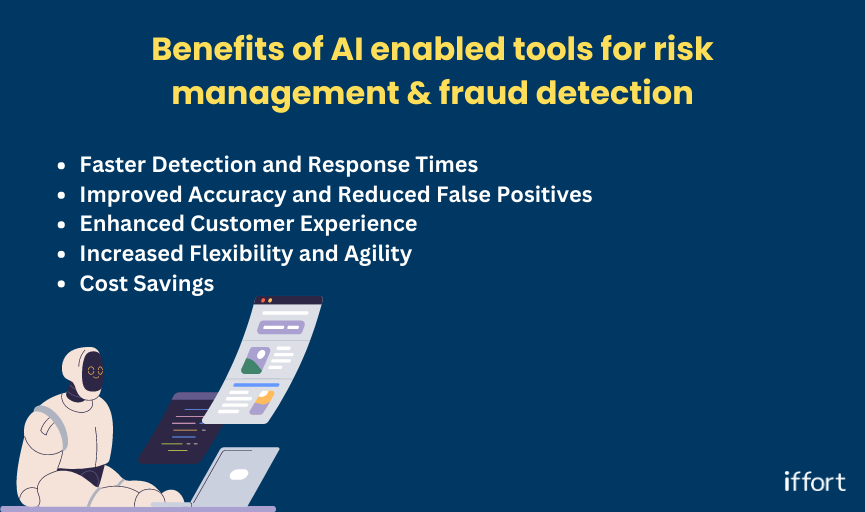
Here are a few competitive advantages businesses can gain by adopting AI-powered risk management and fraud detection solutions:
- Faster Detection and Response Times: AI-powered solutions can quickly analyse vast amounts of data and detect emerging fraud patterns in real-time. This enables businesses to respond to fraudulent activity faster and reduce losses due to fraud. It can also automate many of the tasks associated with fraud detection and response, freeing up fraud analysts and investigators to focus on more complex cases.
- Improved Accuracy and Reduced False Positives: Traditional rule-based systems often generate a high number of false positives, resulting in unnecessary investigations and wasted resources. AI-powered solutions, on the other hand, are able to analyse data more comprehensively and accurately, reducing the number of false positives. This improves efficiency and reduces costs associated with investigating false alarms.
- Enhanced Customer Experience: By using AI-powered solutions to detect and prevent fraudulent activity, businesses can provide a better customer experience. Fraudulent transactions can be detected and prevented in real-time, reducing the likelihood of legitimate transactions being declined or delayed. This improves the overall customer experience and aids businesses to retain existing customers.
- Increased Flexibility and Agility: AI-powered solutions can adapt to new and evolving risks, providing businesses with greater flexibility and agility. AI in the financial services and e-commerce industry plays a vital role as these industries are highly susceptible to fraud.
- Cost Savings: AI-powered solutions can help businesses reduce costs associated with fraud detection and prevention. By automating many of the tasks related to fraud detection and response, businesses can reduce the need for manual intervention and lower the overall cost of fraud prevention.
Overall, businesses can gain significant competitive advantages by adopting AI-powered risk management and fraud detection solutions. By using Artificial Intelligence and Machine Learning to manage risk and prevent fraud, businesses can improve efficiency, reduce losses, enhance the customer experience, and gain a competitive edge in the marketplace. Moreover, risk management and fraud detection solutions powered by are future-proof, as they continue to learn and adapt to emerging threats by continuously studying and training on fraudulent behaviour patterns.
Want to collaborate and explore business opportunities?
Looking to implement AI in your business?
Connect with Iffort, your digital technology and marketing partner. We can help incubate startup ideas and bring product-level thinking to the core.

